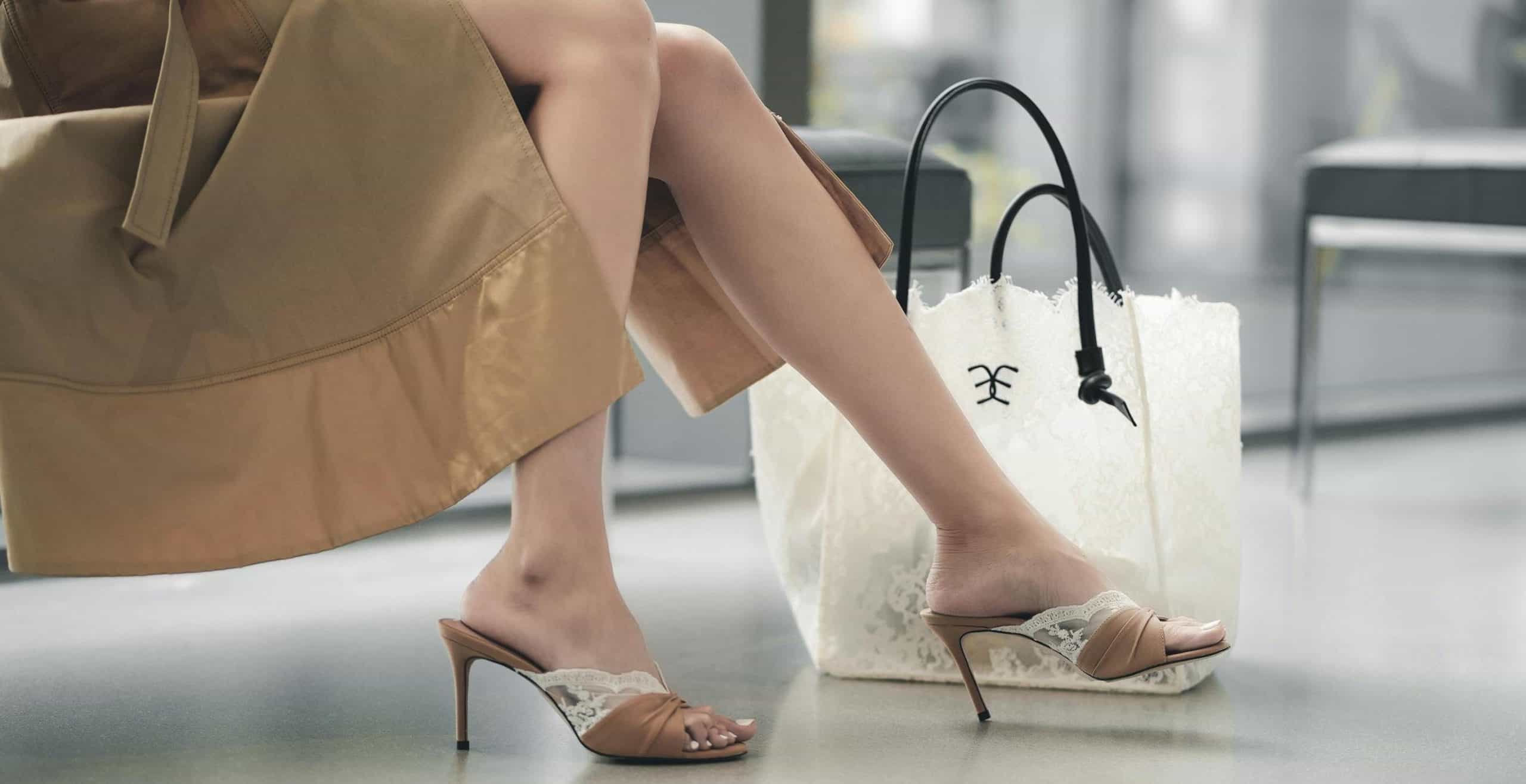In today’s market, branding and premium positioning go hand in hand. Luxury brands don’t just sell products—they sell a lifestyle, an aspiration, and a sense of exclusivity. But how do they achieve this? The secret lies in strategic branding that makes their offerings feel rare, desirable, and worth the premium price tag.

Here are five creative strategies luxury brands use to elevate their status and reinforce their premium appeal.
1. Minimalist Branding for Maximum Impact
When it comes to branding and premium positioning, luxury brands know that simplicity speaks volumes. Unlike mainstream brands that rely on flashy logos and aggressive marketing, premium brands use subtlety and sophistication to command attention.
How They Do It:
- Minimalist logos & packaging – Think of Chanel, Apple, or Bottega Veneta, where clean design and sleek aesthetics create a sense of elegance.
- Selective use of brand elements – Many luxury brands reduce logo visibility, letting craftsmanship and design define recognition.
- High-end storytelling – Instead of listing product features, they highlight heritage, quality, and exclusivity.
Example: Bottega Veneta removed its logo from its products, relying on design alone to create brand recognition. This bold move reinforces the idea that true luxury doesn’t need to shout—it speaks through quality.
Takeaway: Minimalism builds a premium perception by making a brand feel effortless yet iconic.
2. Exclusivity & Limited Edition Drops
A premium brand is not just about high prices—it’s about scarcity. Luxury brands create demand by making their products hard to get, increasing their perceived value.
How They Do It:
- Limited production runs – Hermès Birkin bags are famous for their waiting lists, making them more desirable.
- Private & invite-only access – Brands like Rolex and Patek Philippe ensure their rarest models are available only to VIP clients.
- Strategic collaborations – Limited edition drops, like Louis Vuitton x Supreme, blend luxury with streetwear culture, making the product an instant collectible.
Example: Tiffany & Co. x Nike launched an exclusive sneaker that blurred the lines between luxury and sportswear. The result? A sold-out product and massive brand buzz.
Takeaway: Scarcity drives desirability—people want what they can’t easily have.
3. High-Production, Cinematic Advertising
Luxury brands don’t sell products—they sell a dream. Their marketing is more like cinematic storytelling than traditional advertising.
How They Do It:
- Big-budget campaigns – Luxury ads feel like short films rather than commercials.
- A-list celebrity ambassadors – Instead of influencers, premium brands use Hollywood stars, athletes, and cultural icons.
- Artistic, abstract storytelling – They rarely show a direct product demo, instead focusing on emotions and experiences.
Example: Chanel’s Nicole Kidman No.5 ad felt more like a Hollywood film than a perfume commercial. This approach reinforces Chanel’s status as timeless and elegant.
Takeaway: A premium brand’s visual storytelling must feel aspirational, not transactional.
4. Strategic Celebrity & Cultural Alignments
In branding and premium marketing, who wears the brand matters as much as the brand itself. Luxury brands maintain exclusivity by aligning with influential figures, events, and cultural moments.
How They Do It:
- Exclusive brand ambassadors – Instead of mass-market influencers, premium brands select individuals with status and credibility.
- Sponsorships of elite events – From Met Gala to Cannes Film Festival, luxury brands dominate cultural touchpoints.
- Product placements in high-end media – Rolex’s constant presence in James Bond movies reinforces its image of power and refinement.
Example: Louis Vuitton’s collaboration with BTS’ Jimin strategically blended K-pop culture with luxury, making the brand aspirational for a new generation.
Takeaway: A brand is perceived as premium based on who wears it, where it’s seen, and what it represents.
5. Sensory & Experiential Marketing
Luxury is not just about visuals—it’s about how a brand feels, smells, and sounds. High-end brands create immersive experiences that deepen emotional connections with consumers.
How They Do It:
- Personalized shopping experiences – VIP treatment, private showings, and concierge services enhance exclusivity.
- Architectural flagship stores – Louis Vuitton, Dior, and Gucci design their stores like art pieces.
- Tech-driven luxury – Brands like Burberry use AR and virtual try-ons to merge technology with premium shopping.
Example: Burberry’s interactive pop-up at Harrods combined digital projections with sensory elements, making customers feel part of an exclusive world.
Takeaway: A premium brand must be experienced, not just purchased.
Final Thoughts: Luxury Is a Perception, Not Just a Price
To be seen as premium, a brand must master branding and exclusivity—not just price hikes. Luxury brands understand that value isn’t just in the product—it’s in the experience, emotion, and aspiration they create.
Key Takeaways:
✔ Minimalism makes a brand feel sophisticated.
✔ Exclusivity increases demand—scarcity sells.
✔ Cinematic advertising builds aspiration.
✔ The right cultural alignments boost credibility.
✔ Sensory experiences deepen brand loyalty.
A brand is not premium because of what it sells—it’s premium because of how it makes people feel.
Follow @Adverts.fyi on Instagram and Linkedin for Latest updates and some more Interesting content!


